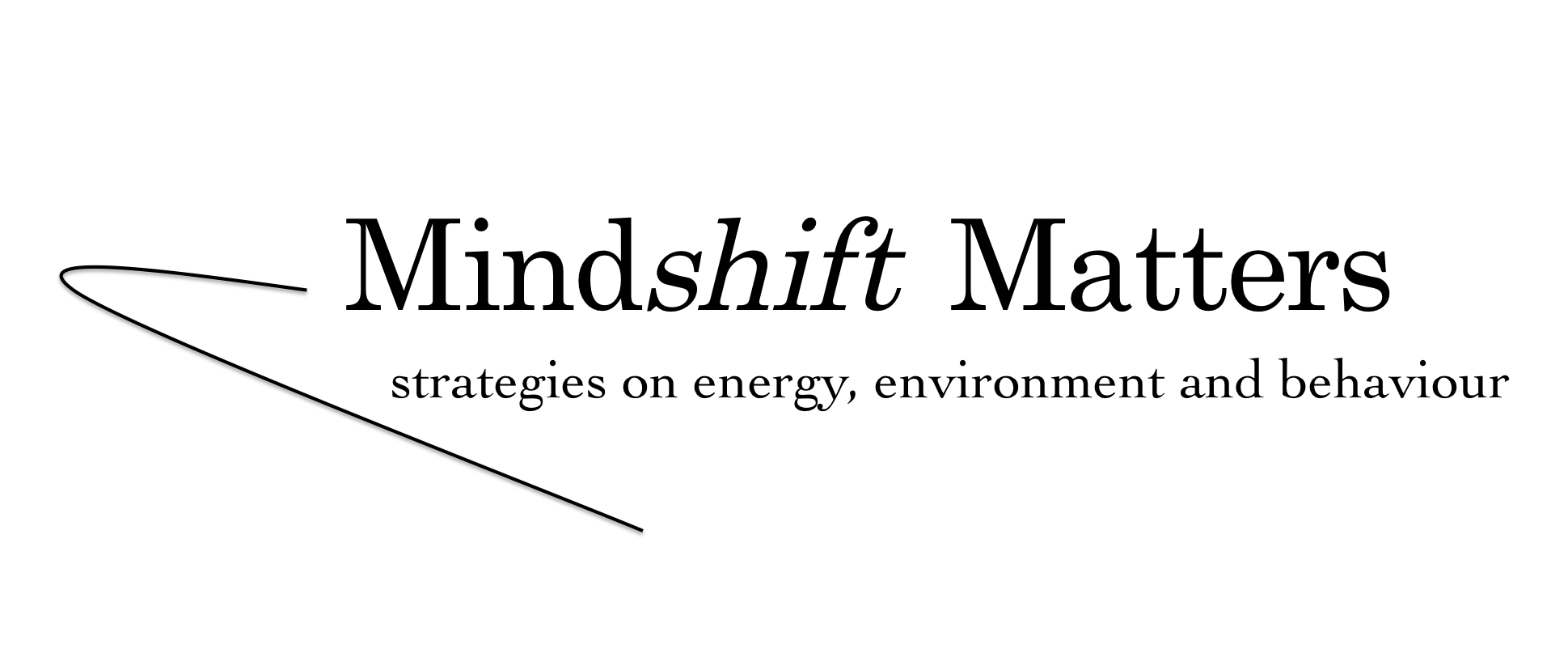Useful links
Climate finance
What: UNFCCC finance
URL: http://unfccc.int/cooperation_and_support/financial_mechanism/items/2807.php
Description: Overview of the Convention´s financial mechanism, financial flows and work programme, including information on the Global Environment Facility, special funds, Fast-Start and Long-Term Finance. The finance portal is a gateway to information on activities funded in developing countries to implement the Climate Change Convention.
What: Climate Funds Update
URL: http://www.climatefundsupdate.org/
Description: Very useful database of international public climate finance. Under development. Currently mostly bilateral and multilateral funds. Descriptions and status of funding, including sourcing and where money is spent.
Nationally Appropriate Mitigation Action Plans (NAMA´s)
What: UNFCCC NAMA registry
URL: http://unfccc.int/cooperation_support/nama/items/6945.php
Description: Preliminary publicly available copies of information recorded in the registry. A publicly available version of the registry will be uploaded in October 2013.
What: NAMA database
URL: http://www.nama-database.org/index.php/Main_Page
Description: A global database of Nationally Appropriate Mitigation Action Plans (NAMA´s) and related activities that is being build up by Ecofys. Not a registry and these are not official submissions. Contains an annual status report on NAMA´s.
Climate change policy
What: United Nations Framework Convention on Climate Change (UNFCCC)
URL: http://unfccc.int/essential_background/items/6031.php
Description: The international response to climate change: background on the UNFCCC.
What: Climate Action Tracker
URL: http://www.climateactiontracker.org/
Description: The “Climate Action Tracker” is an independent science-based assessment, which tracks the emission commitments and actions of countries. The website provides an up-to-date assessment of individual national pledges to reduce their greenhouse gas emissions. Last update: COP18 heads us to disastrous 3.3 ºC increase. More action needed fast.
Carbon Markets
What: Clean Development Mechanism (CDM)
URL: http://cdm.unfccc.int/
Description: UNFCCC information on the CDM, methodologies, rules, the CDM registry, updates and reports.
What: European Union Emissions Trading System (EU ETS)
URL: http://ec.europa.eu/clima/policies/ets/index_en.htm
Description: official information on the world´s largest carbon market system, which started operation in 2005.
What: California Cap-and-Trade Program
URL: http://www.arb.ca.gov/cc/capandtrade/capandtrade.htm
Description: official information on the world´s second largest carbon market system, which started operation in 2013.
Research on climate change
What: Intergovernmental Panel on Climate Change (IPCC)
URL: http://www.ipcc.ch/
Description: the official website of the IPCC, a scientific intergovernmental body and internationally accepted authority on climate change. The IPCC is responsible for assessing over 10,000 scientific, technical and socio-economic reports produced worldwide relevant to the understanding of climate change to date.
Business initiatives
What: Carbon Disclosure Project
URL: https://www.cdproject.net/en-US/Pages/HomePage.aspx
Description: The Carbon Disclosure Project (CDP) is an independent, not-for-profit organization that collects data annually from over 3,000 of the world’s largest corporations on their greenhouse gas emissions, climate change strategies, and water usage. It then publishes this information freely. The CDP engages companies in the climate change debate, regardless of whether they are regulated, and stimulates them to develop climate strategies. In addition, a growing number of these multinationals are putting pressure on their suppliers to do the same.
What: The Plastic Disclosure Project (PDP)
URL: http://www.plasticdisclosure.org/
Description: The Plastic Disclosure Project (PDP) is a project working to reduce the environmental impact of the world’s rising use of plastics in products and packaging. Similar to the Carbon Disclosure Project, PDP encourages measurement, disclosure and management to improve corporate, community and individual accountability on plastic manufacture, use and disposal.
Online climate change activism
What: Avaaz
URL: http://www.avaaz.org/en/
Description: Global online activist and petition network. Post public petitions on the net on a wide range of environmental and social topics, including climate change. Through petitions submitted by their members they aim to influence decisions made by governments or businesses. Avaaz operates in 15 languages, and states that it has more than nineteen million members in 194 countries.
What: Change.org
URL: https://www.change.org/en-GB
Description: Global online activist and petition network. Post public petitions on the net on a wide range of environmental and social topics, including climate change. In 2012, change.org had 10 million members and received 500 new petitions per day.
Plastic pollution – the problem
What: Choking the Oceans With Plastic, article by Charles J. Moore in the New York Times.
URL: The choking article
Description: Plastic is choking our future in ways that most of us are barely aware. Plastics are now one of the most common pollutants of ocean waters worldwide. No scientist, environmentalist, entrepreneur, national or international government agency has yet been able to establish a comprehensive way of recycling the plastic trash that covers our land and inevitably blows and washes down to the sea. This article explains the problem and what is currently (not) done about it.
What: Midway Island, short film and presentation Chris Jordan.
URL: Midway short film 3min54
URL: Chris Jordan presentation and photo´s, 17min
Description: We are the plastic people, how can we change our ways? Is this too far from your reality? This film and presentation by Chris Jordan is a case study on the effects of plastic pollution.
What: 5 Gyres – the problem
URL: http://5gyres.org/what_is_the_issue/the_problem/
Description: The plastic pollution problem explained visually in easy terms. 5 Gyres is an organization aimed at reducing plastics pollution. 5 Gyres was one of two organizations that recently researched the Great Pacific Garbage Patch. The Great Pacific garbage patch is a gyre of marine debris in the central North Pacific Ocean extending over an indeterminate area, characterized by exceptionally high concentrations of pelagic plastics, chemical sludge and other debris that have been trapped by the currents of the North Pacific Gyre.
What: TED talk (7 min): Capt. Charles Moore on seas of plastic
URL: http://www.ted.com/talks/lang/en/capt_charles_moore_on_the_seas_of_plastic.html
Description: We are the plastic people. This is where that bag, bottle, cap, lighter goes you see lying in the street. This is where that plastic bag goes you accept in the shop.
Plastic pollution – initiatives
What: The Plastic Disclosure Project (PDP)
URL: http://www.plasticdisclosure.org/
Description: The Plastic Disclosure Project (PDP) is a project working to reduce the environmental impact of the world’s rising use of plastics in products and packaging. Similar to the Carbon Disclosure Project, PDP encourages measurement, disclosure and management to improve corporate, community and individual accountability on plastic manufacture, use and disposal.
